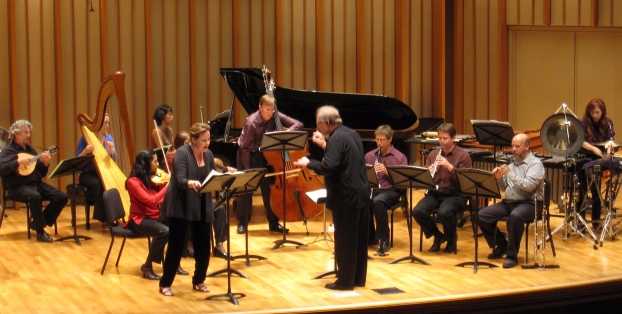
As I return after an extended stay in Vietnam as Artistic Advisor to the Hanoi New Music Ensemble, I have decided to embark on a series of blogs that I hope will be of use to the Ensemble and other entrepreneurial artists. Each new organization is unique, reflecting their art and reason for existence. However, starting any new venture requires new skills and advice.
Our best consultant in 35 years remains Trader Joe, Joseph Coulombe, who founded the highly successful Trader Joe Markets. We both live in Pasadena (next to Los Angeles) and have many mutual friends. A few years after founding Southwest Chamber Music with my husband, I invited Joe to our office to offer us advice. Immediately after sitting down together, Joe looked at me directly and announced that “I cannot give you any advice — I do not know anything about what you do. However, all I can share with you is what worked and didn’t work for Trader Joe’s, and hopefully that will provide some help to you.”
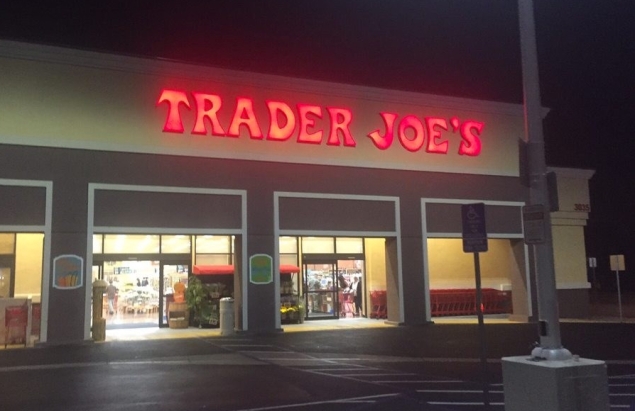
This wisdom also applies to working in another culture. I have learned in Hanoi that advice only goes so far because the work environment, production challenges, and fundraising reflect the community and culture in which you operate. In Joe’s spirit, I look forward to sharing our challenges and successes with you and hope they will provide some insights into your own work.
Every new endeavor, in any field, begins with an idea. Taking that idea from dream to reality is a challenge that entails learning new skills in order to bring the idea to the public. What often is lacking is the knowledge that comes from experience.
Experience counts. It doesn’t necessarily have to come from your chosen work, but it can be found in many places: family businesses, after-school employment, previous work environments, broad study of many subjects, and just plain living. But experience counts a great deal, and often it is overlooked in the enthusiasm of beginning something new.
Our idea was to have a chamber music ensemble that was resident in Los Angeles which would perform music that reflected our community. But, how to begin? Luckily I had experience as a stage director, having received Bachelor’s degrees in both Theater and Music. Producing a concert on stage was easy – no lighting design, costumes or movement. We needed a nice venue with a piano that was accessible to the public and had good acoustic sound.
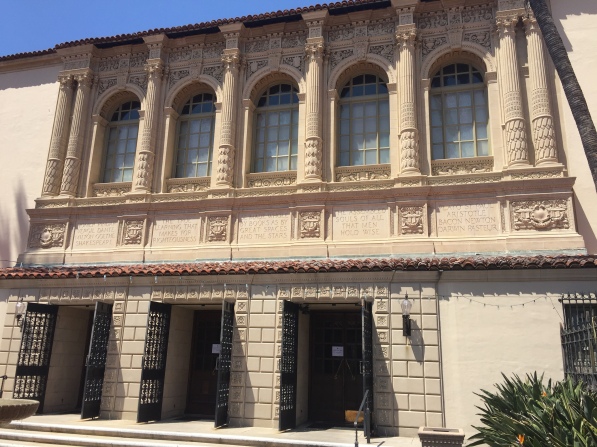
Our experiences as Los Angeles freelance musicians demonstrated that there were multiple audiences throughout the area — most attendees wanted to stay within a short drive for cultural events. We were also faculty members at Claremont University and performed in Orange County’s Pacific Symphony. And, we lived near Pasadena, which has a vibrant arts environment and educated community due to the presence of CalTech and NASA, the two largest employers. Our initial idea was to perform each concert in three communities — Pasadena, Santa Ana in Orange County, and Claremont.
We chose our venues carefully for the above criterion: Pasadena Public Library (near City Hall), Santa Ana High School (wonderful acoustics), and Claremont United Methodist Church (designed by architect Richard Neutra). However, we didn’t have enough experience to realize that there were challenges for all three venues.
Santa Ana High School was just too big for a beginning group. It was better to fill the hall instead of having empty seats. The Claremont church was the right size, but they hosted too many free church events for anyone to pay admission for our concerts. The second year we continued at the Pasadena Library, and changed our venue in Orange County to the Newport Harbor Art Museum, a better fit with fewer seats. We dropped Claremont because we found that university communities enjoy many free events and prefer not to pay for tickets.
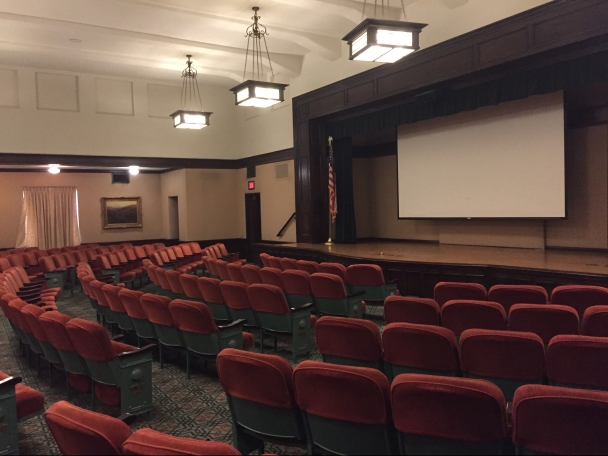
No venue is perfect. Either the size is too big or too small, the lighting can’t be adjusted, the chairs may be uncomfortable, and the acoustic might not be best for live music. We realized quickly that as long as the pros outweighed the cons, we would work with what was both affordable and available.
We were gathering a lot of experiences: interacting with venues, adapting the venue for ticket sales and audience members, and hosting post-concert receptions. The number one challenge was determining who had the keys to the facility and how to work with that person. Could we rehearse at the venue? How would we interact with their staff? Could the venue help with publicity and could we be part of their regular activities?
Over time, our skills grew. We negotiated rental fees and discussed the challenges above in advance. We could anticipate problems and solve them more quickly. We were invited to become an ensemble-in-residence at Chapman University in Orange County. We also performed extra concerts at other colleges, for local presenters, summer festivals, local museums, and provided venue benefit events.
We also learned that sometimes things were out of our control. The man who invited the ensemble to Chapman University passed away, followed by Orange County’s bankruptcy that devastated our supporter base. The Pasadena Library could no longer host evening events because of insurance issues. It was time to look for new venues.
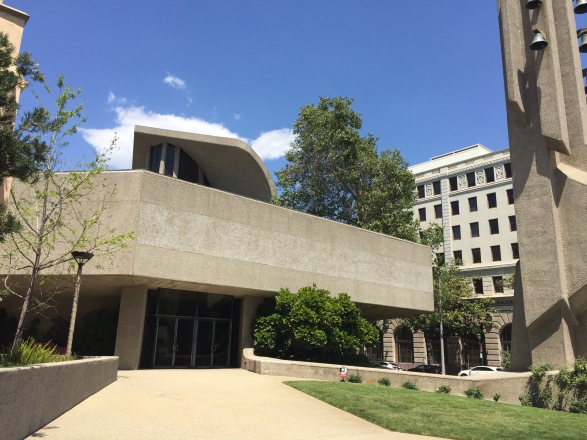
The audience had also grown over our first few seasons. The Pasadena Presbyterian Church was affordable, larger and very attractive. We enthusiastically moved and enjoyed working with their staff, who were experienced presenting many concerts throughout the year. However, we learned later that the Los Angeles Times critic would not review concerts at churches, and some people would not attend music events in a church that wasn’t their religious affiliation. Luckily, times have changed!
By our eighth season, we had settled in to the Pasadena Presbyterian Church and moved from Orange County to the Santa Monica Museum of Art on the westside of Los Angeles. We had plenty of special concerts in addition to our monthly series repeated in two locations. In 1994, we became a year-round ensemble with the inauguration of our Summer Festival at The Huntington Library.
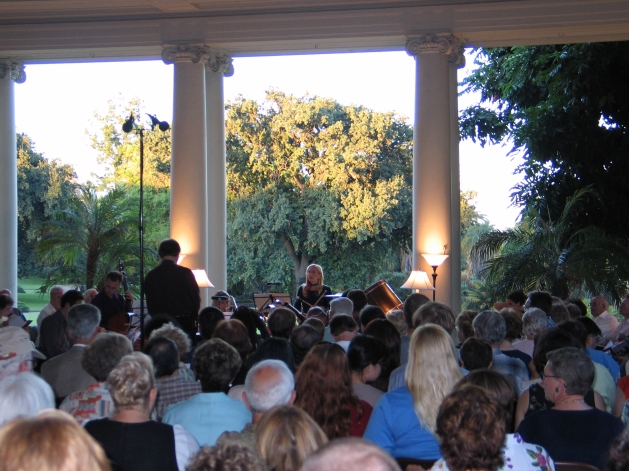
I would also like to stress that each season looked different from the ones before. Some years were super busy and then were followed by less active seasons. We were still operating out of our home office with only the two of us as staff. Luckily we had been advised to computerize from the group’s inception which helped our efficiency. We grew up with family businesses, so the constant work was no surprise. Volunteers and board members helped with many tasks, but we were beginning to crave an actual office space and a few employees. I will discuss office and staff development more in depth in later blogs.
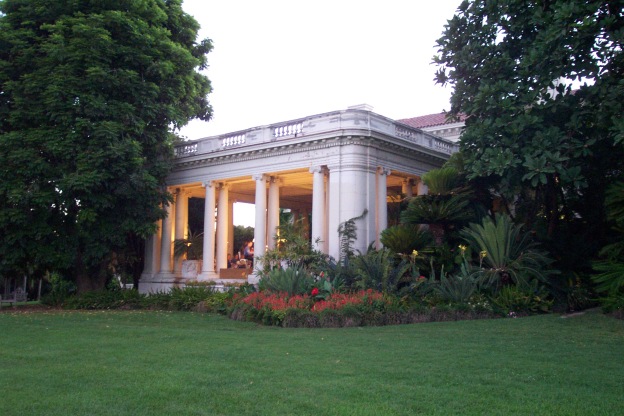
And, the Summer Festival created new challenges. My theater training helped me figure out lighting for a space without proper illumination. Dealing with a world-class museum with its security concerns and limited space for the players’ warmup was problematic. Dress rehearsals during museum hours had to be negotiated. We retired the Festival after 20 years due to museum renovations that made performing impossible. But, we are proud that we were the only classical/contemporary music festival for those 20 summers in Los Angeles, and we parted with the museum on the best of terms.

In 1996, we began our relationship with the Armory Center for the Arts, a community art gallery and educational facility in Pasadena. Over many years as their ensemble-in-residence, we had a venue where we could experiment and try new types of programming. The art gallery had wonderful acoustics, we worked with staff who were sympathetic to our concerns, and their educational programs provided us with new contacts for our own outreach.
Our “Breaking the Code of Contemporary Music” series helped us find new audiences who wanted to understand more about contemporary music.” Later, we developed “Music Unwrapped” and “Blendings” wine tasting events. Our “Soliloquy” series provided opportunities for recitals by our accomplished musicians. We produced benefit events in the gallery and classrooms, and still have dear friends from many years of collaboration.
The following seasons saw us perform at many prestigious venues in Los Angeles, including the Getty Center, LA County Museum of Art, Norton Simon Museum, Los Angeles Public Library, Museum of Tolerance, Boston Court, Orange County Performing Arts Center, and others. The challenges were different at each venue, but our experience level had grown substantially. Sometimes we performed at venues for special concerts, others for year-long series. We moved on for many reasons, sometimes because the venue was not a good match, the concerts were targeted to specific exhibitions, or because the venues could no longer host us. Flexibility was key and fortunately our audiences followed us.
Each venue increased our experience level. We were able to anticipate challenges in advance and solve them sooner. We tried to be sensitive to being an “add-on” to the institution’s regular programs and do our best not to add more work for their staff. As one example, we always took care of our own ticket sales off site by internet or telephone, providing a toll-free number for people to reach us. We were flattered that one venue’s events manager was so comfortable that she would get us started on our warm-ups and go to supper before the concerts!
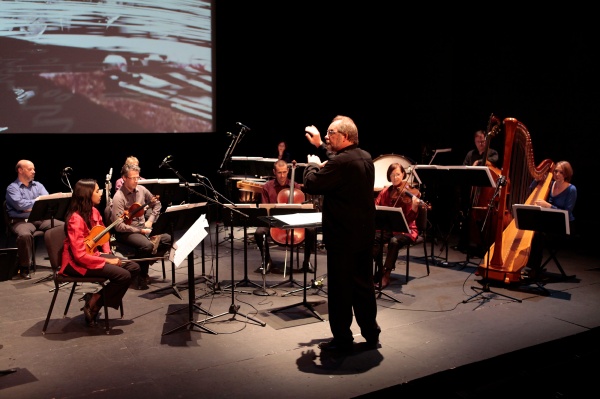
We finally performed after many seasons in the prestigious downtown Los Angeles arts corridor, first at the Colburn School and then at REDCAT in Walt Disney Concert Hall. Our local concert series evolved into our presentation of the LA International New Music Festival. We adapted to new ways of selling tickets through email blasts and social media, changes in publicity opportunities, and reviews that lived forever on the internet. After 30 years we were still trying new ways which reflected a changing environment for the arts.
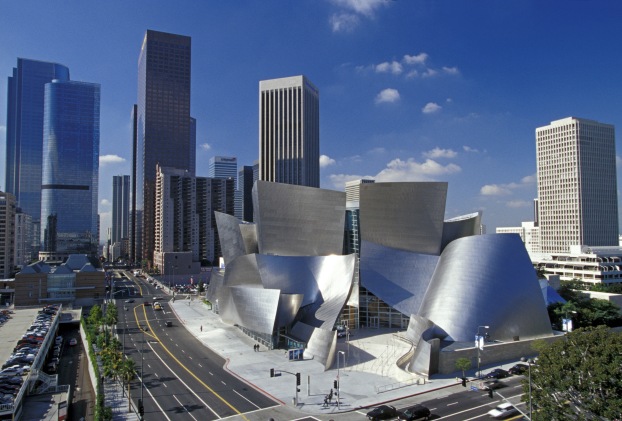
I will admit that the challenges were constant – how to handle a rainstorm for an outdoor concert, canceling an event for civic unrest when the venue was across from the police station, how to handle ensemble illnesses, what to do with a sell-out crowd and how to send out free tickets to an event that was undersold. There were always new challenges — as many friends and colleagues have heard from me numerous times, my mantra became “There is always a solution.”
We also learned to laugh often, remarking that the latest test was new to us and unforeseen even after many years. Experience taught us not to take ourselves too seriously but to learn flexibility and find new solutions. I hope you will embrace the development of your own experiences and just “jump in.”
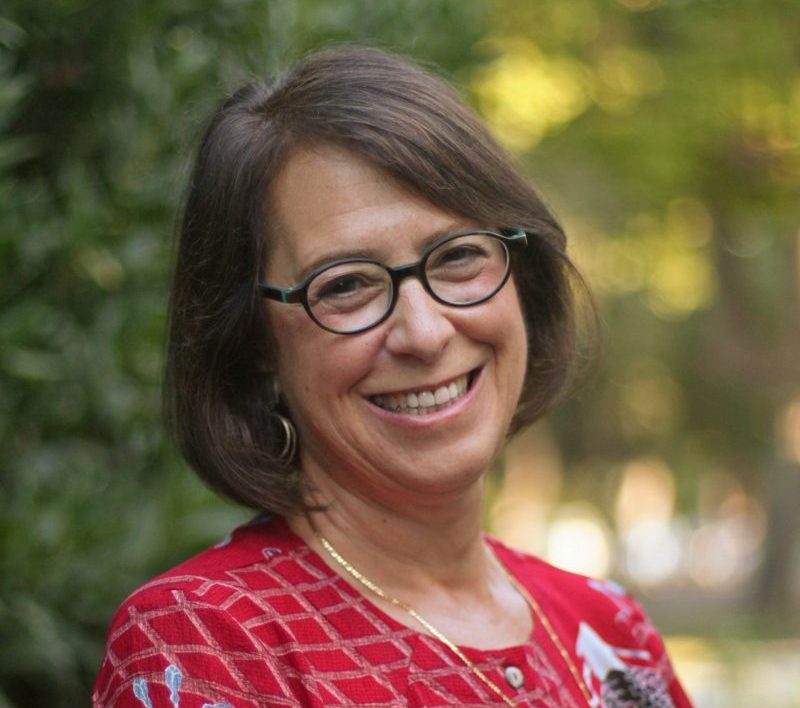
Reblogged this on HANOI NEW MUSIC ENSEMBLE — NHÓM NHẠC ĐƯƠNG ĐẠI HÀ NỘI.
LikeLike
Thank you for sharing. For those who is working on organizing concert, it is really indeed useful and of course interesting.
We are lucky to have you near by.
LikeLike
I’m so proud of you and Jeff for dedicating all your precious time and energies to make the Southwest Chamber Music glorious, not only locally but also internationally including Anthony Panes, Alexander Goehr, Tambuco, Gabriela Ortiz, Chaves and many many more! You have done magics. The tea time with you on Wednesday was so inspiring! I can’t thank you enough to encourage me for my compositional career! Hope to see you again in bucolic Altadena.
LikeLike